Long lines or training leashes tend to be a longer leash of at least 10ft or 3m in length with which you can typically train a dog to work at a distance.
Often referred to as long lines, long leashes, or long leads, the important thing about them is that they are longer than a regular leash, and can run to very long lengths – but it is good to note that the longer they are, the harder they are to handle. So for a beginner, I’d recommend opting for a shorter length of the leash and building up.
There’s a lot of reasons that dog trainers, like myself, use long lines in lieu of short leads in training, but the main reason is management; whether it’s managing your reactive dog whilst your dog sniffs, or teaching a young dog their recall!
The Key Principle of Long-Line Training
I will often use it to help my pet owners prevent an undesired behaviour from happening (and undoing training efforts), and set their dog up to succeed by using this simple tool.
From teaching a recall, to proofing a sit, to give a reactive dog a little freedom for a decompression walk whilst going through behaviour adjustment training. Sometimes these lines are also used in tracking or mantrailing because they allow your dog to move more (when compared to a shorter leash) without you being glued to them, essentially.
A Long line gives more freedom than a short line (6ft, or a standard leash). That freedom is the main goal of a leash like this, and that freedom gives room for error, but error you can contain without it going too far off the rails and losing a lot of training along the way.
It’s something all dog owners should own, even if only to avoid the “It’s okay! He’s friendly!” incidents and work on a reliable recall instead!
When Should I Use A Long Training Line With My Dog?
Long lines are a surprisingly versatile tool and you’ll find more opportunities to use a long lead than just this list, but here are some great ways to use them and when not to use them too.
- Recall Training
- Counter surfing training
- Open Areas
- Proofing behaviours
- Reactive dogs
- Rescues
- Recovering dogs
- Dogs on rest
- Swimming
- Managing dog around visitors
- Beside roads
- Dogs playing
- People dense areas
- Tree dense areas
Why Would I Use A Long Line Instead Of Retractable Leads?
Great question. Retractable leashes are notorious in the industry for misuse and injury to people, dogs and even bystanders. Long lines are a safer choice, they’re also typically way stronger and offer more training options than a flexi-lead (which really don’t work for larger breeds like German shepherds or great danes etc. because of low weight limits!)
- Strong
- Durable
- Versatile
- Less dangerous than retractable
- Awkward to handle
- Trip hazard
- Rope burn (depending)
What Long Line Is Best?
This is always down to personal preference. There is often a good choice of materials, but I will always be an advocate of biothane – and especially in preference to nylon webbing.
Why? Because Biothane is easy to clean, super easy to care for, less tangly and best? No rope burn! and when it comes to durable materials? Biothane is the winner. It collects no dirt, wipes down and is super strong too.
I’ve dealt with so many long lines where when you want your dog to stop suddenly you’re clinging to a rope that rips your palms apart and leaves you feeling really sorry for yourself.
They are more expensive than nylon dog training leashes, but they’re very much worth the investment.
Here are my fave long leads!
Note: large dogs will require wider straps of biothane.
Best Long Line
How Long Should I Go?
Well, I wish I could say X Foot dog leash is the best, but it entirely depends on you, what you’re using it for, what size dog you have and on you.
For insight, I actually have two long lines.
One I use for general sniff about and decompression walks (particularly with my hounds!) – this one is about 15 foot and much lighter and easy to handle. The other one I use for recall training with clients that’s 60ft, and very heavy.
So, if you have a small dog you might be more comfortable using a smaller, lighter line (such as a cotton or a narrow and short biothane line for small dogs!), like a 1/2 inch 15 ft line, but if you’ve got a bigger dog? Go for a bigger leash.
Also, it’s a good idea to consider whether a snap hook is the best thing, a larger dog may require a more secure fastener.
How Do I Use A Long Training Line Safely?
1 – Use A Harness
This is first and foremost!! A long line should always be used in conjunction with a harness.
It’s unsafe to allow your dog to lunge, sprint, jump, run or chase when a long line is attached to a dog collar, prong collar (e.g. herm sprenger) or head collar, because all of their force goes from their motion and into your dog’s neck whatever is containing them, so it is not negotiable that they’re attached to your dog’s harness that can disperse this impact around their body if or when they reach the end of the leash.
If you need suggestions for what harness to use? Check out Best Dog Harnesses But here’s a quick insight into my favourites.
| Image | Product | Features | Price |
|---|---|---|---|
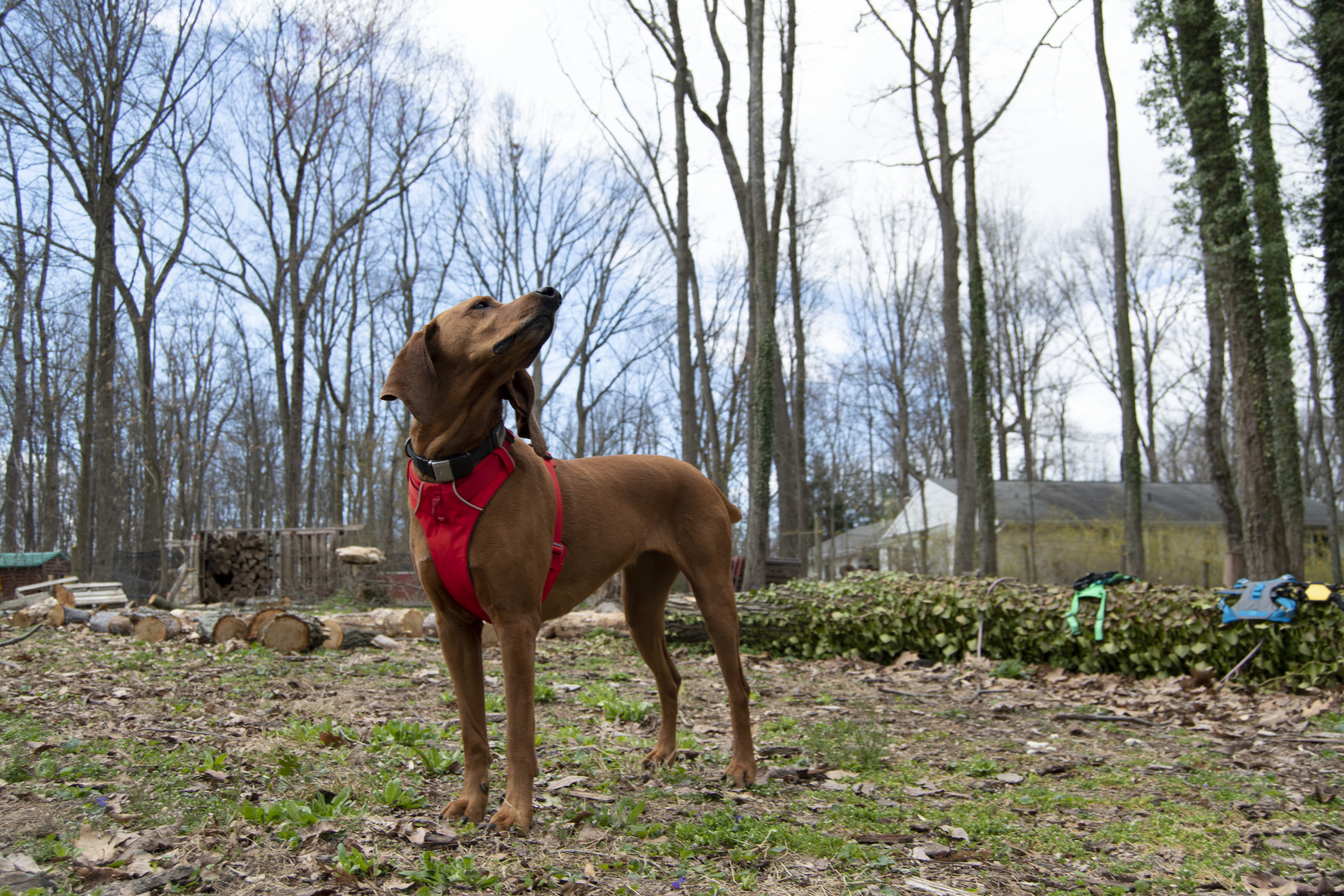 |
| AmazonRuffwear | |
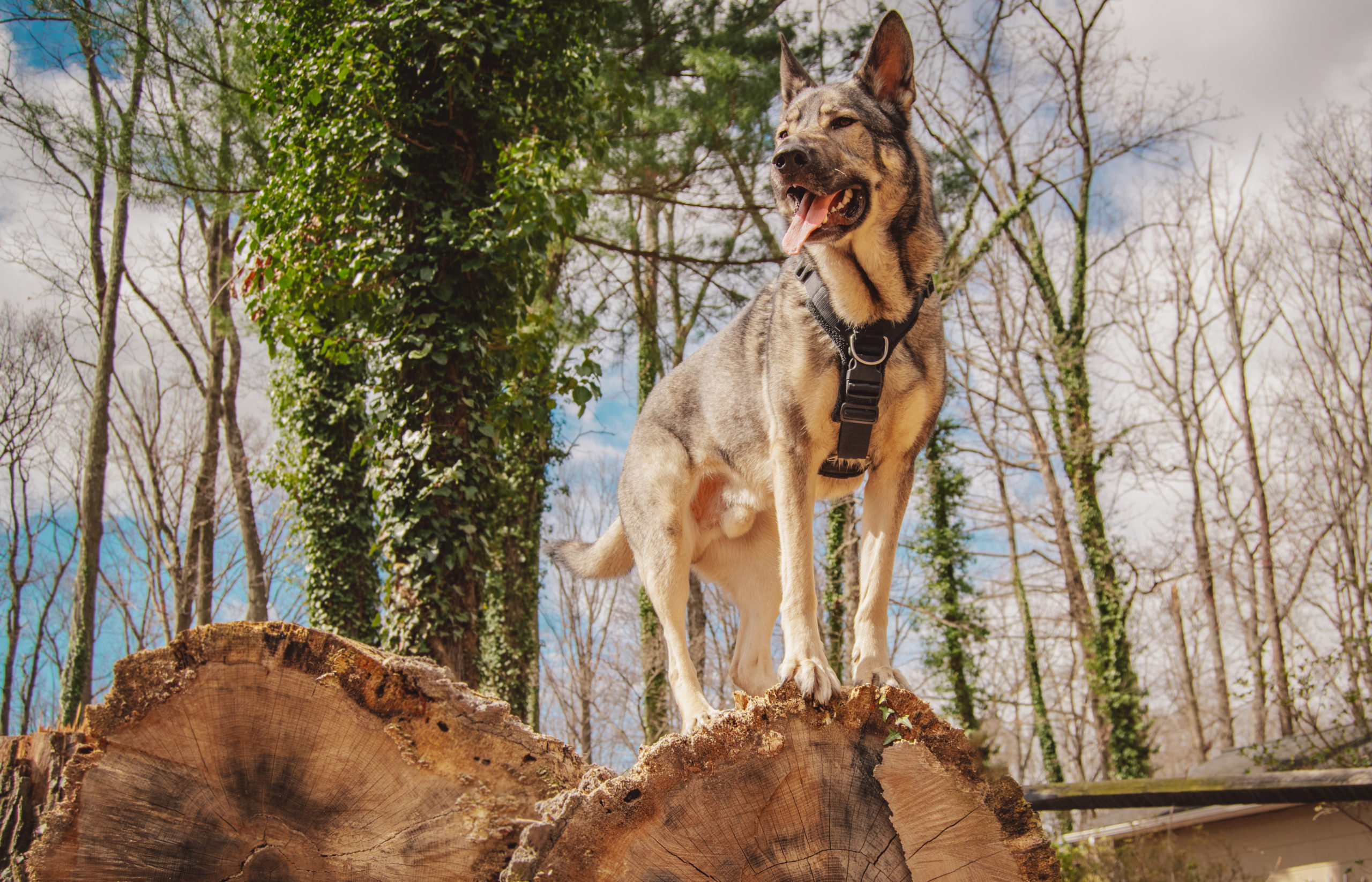 |
| Perfect FitClean Run | |
| Modern Icon | ||
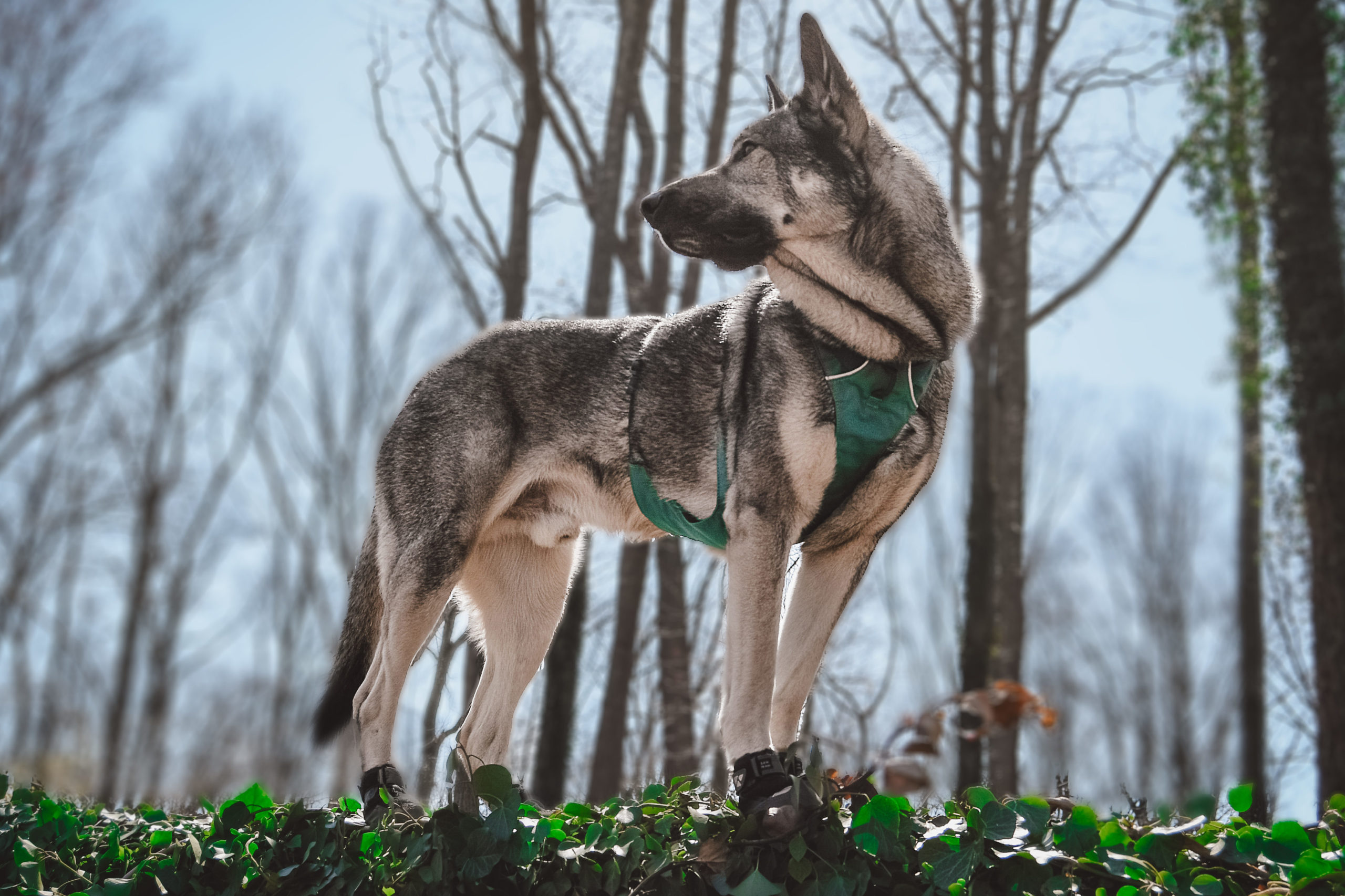 |
| AmazonRuffwear |
Did You Know?
Some harnesses come with a specific loop to attach a trailing long line (also known as a drag line!) to? Yep! Super clever stuff, so far I’ve only seen it on the non-stop line harness, but look out for it! That said, clipping to the back clip harness is perfect too.
2 – Tangle Free
The best way to stay free of tangles is to not allow too much slack on the floor if you can help it. Because excess slack is where your issues come.
I tend to keep it with a little slack (never taught, or you may inadvertently be rewarding your dog for pulling when they get to the end of the line). If you keep it coiled (or as close to as possible) and give your dog the slack they need as they need it? Then it works really, really well. But as soon as you let this start gathering, winding, etc? That’s when your snags start happening.
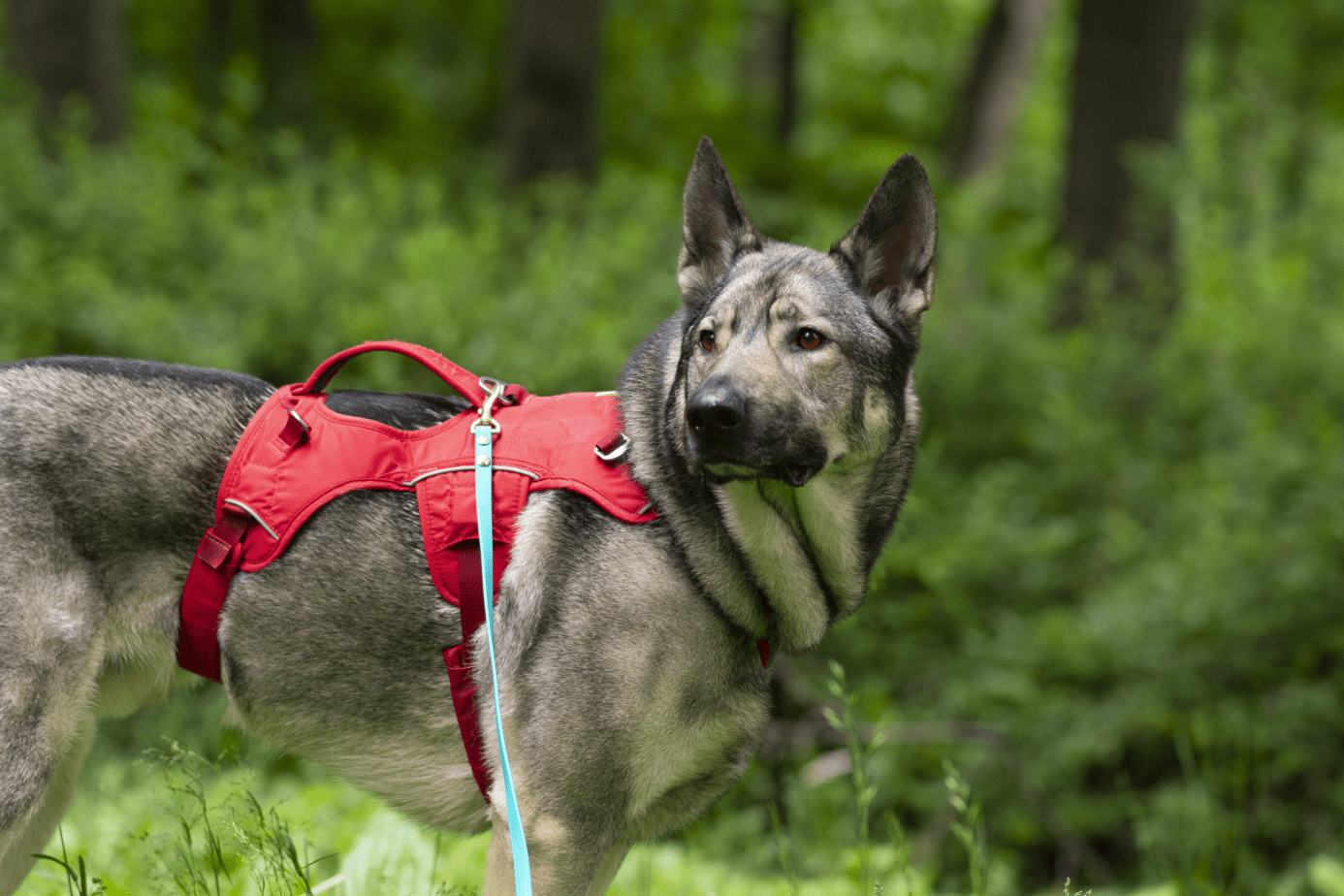
3 – Opt For Bright Colors!
When it comes to safety reasons, this one is important.
If you’re intending on using this outdoors, you’d be surprised how quick “Sensible” colours like black or brown can disappear into the world around you, and if you’re not paying attention it can result in you getting snagged and your feet whipped from under you. I opt for things like turquoise and hunter orange because these are super visible.
Also, this is a perfect opportunity to remember that our dogs have a very limited colour palette, so you can help them by picking something closer to orange or yellow to make it stand out nicely.
4 – Pay Attention
Watch where the leash is going. These leashes – the longer they are – the more problematic they can be. So keep an eye on them and where they are. Too much slack, a loop, or even standing in the wrong place as your dog sprints? Can quickly become problematic.
5 – Stand on the Outside
If you’re walking with a group of people, don’t walk in the middle of that group, because you’re inevitably going to start playing cowboys and indians and tying your group together real quick! So this does kind of mean that this may not be best to use in the dog park.
6 – Don’t use it on or beside a road.
It’s not safe, it’s not an okay thing to do. Recoiling it, and keeping your dog safe is tough to do which puts your dog at unnecessary risk. Not to mention that it’s not legal in some countries!! So it may be a good idea to keep a standard length lead with you if you need both. Ideally, you want an open field.
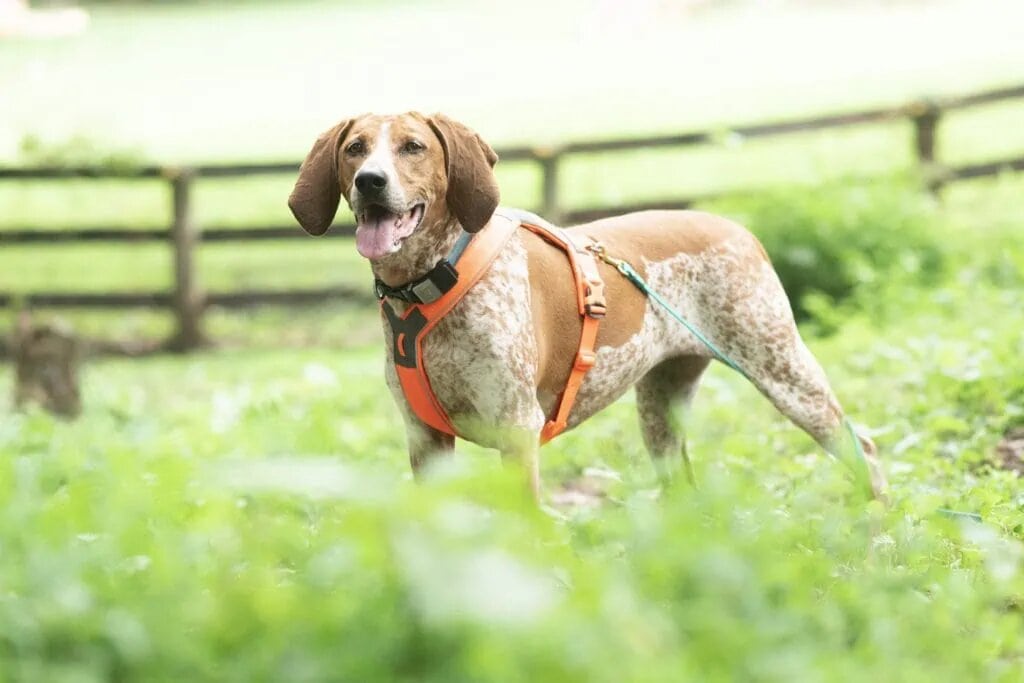
7 – Don’t Grab – Step.
Other than preventing rope burn, it’s much safer to step on this extra long leash (particularly if you’re using it as a trailing leash!) than it is to grab for it. Your feet will be quicker, and it’s even less confrontational for your dog.
8 – You need two hands
Don’t be fooled into thinking you can manage this with one hand, it’s incredibly hard to do, and I can tell you that from first hand experience. I tend to keep one with the bulk of the leash, and the other to control the length.
And that’s your intro to long lines!
Whilst if you’re going hiking in wooded areas, you may want to rethink this, this type of leash is super versatile, from large breeds to smaller dogs. They can give your dog freedom. Freedom to get it wrong – or right – without actually putting anything at added risk. Which is huge.
The long line dog leash is a great training tool,
If you’re not sure about taking your next step into the world of long lines, get in touch and I’m happy to help with some professional online training!

Author, Ali Smith
Ali Smith is a professional, qualified, and multi-award winning trainer is the founder of rebarkable. She has always believed animals deserve kindness and champions force free methods. Believing that dog guardians will all choose the kindest options if proper information is provided, she aims to help all dog guardians who need it and make dog training as accessible as possible
Ali lives win Maryland, US with her husband and her three dogs.

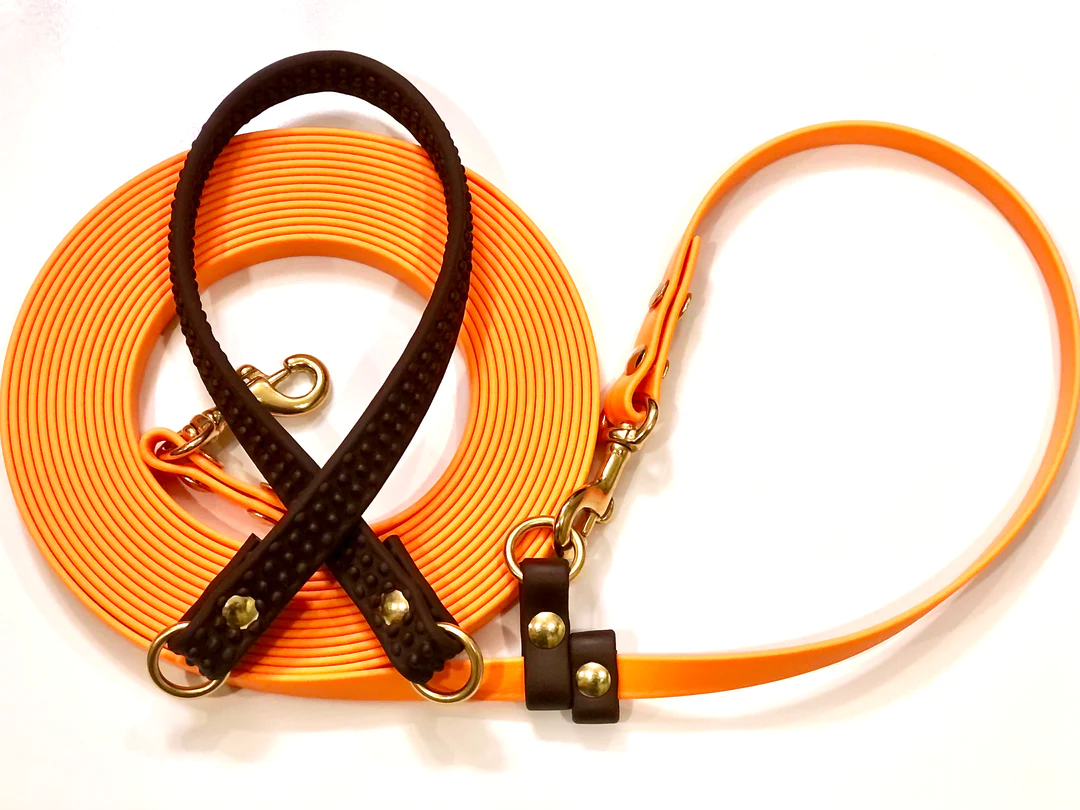


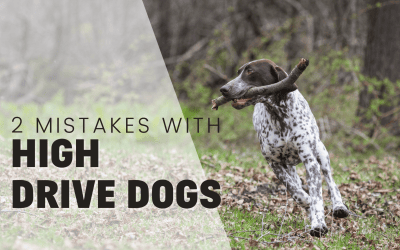
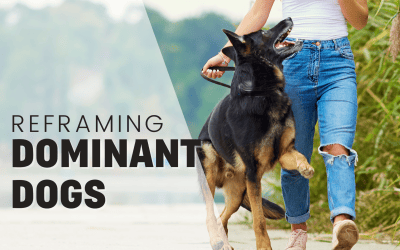
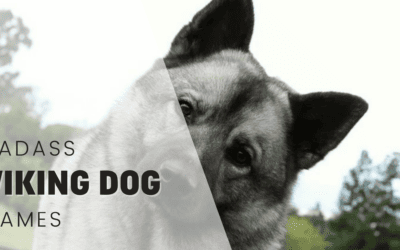

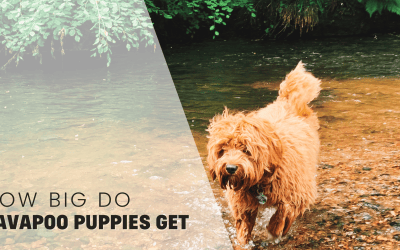
0 Comments